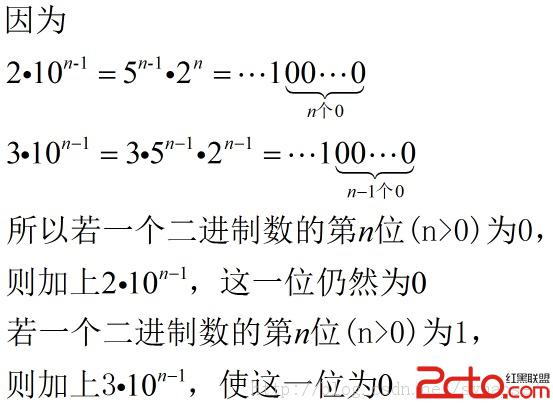思路:

按照這個思路,其實這個序列是唯一的,如下:(1000位數,打表代碼見文章最後)
3233232323222233222323222322322222332322232332333223232332222233232232233232223322232222233322223233323332333332323332333233333332233233222232223222222322322333322322222332323222322333232222222232223322332333223232233232222222323333323323232232333322333332223223322232323333232333332323233333323322223332223322222222232223332332332333233333233232333333233322223322222333333223232223232232223323232323333222323333332222333332222323323332323233332233323233233232332232223323223323222222323322333333323232322232222333233332232232233233332232223322233233232222222323333322322222222322323322333233333222323222222223222223233333223323232333223233222333232233333222233333322332322233332222333222323232223223233323223232332222332323232233333223333232232323322222233222333332223222233322323233233233232332323332222222332323322232332233323222222322333223322323322332232332222333222233333323332322232232232222233232332323332232222233323332233323223222232232232232332222333332332333333332223233333323323232223232
所以O(1)復雜度的代碼如下:
/*0.015s*/ #include#include const int mx = 1000; const char s[mx + 1] = 233232323222233222323222322322222332322232332333223232332222233232232233232223322232222233322223233323332333332323332333233333332233233222232223222222322322333322322222332323222322333232222222232223322332333223232233232222222323333323323232232333322333332223223322232323333232333332323233333323322223332223322222222232223332332332333233333233232333333233322223322222333333223232223232232223323232323333222323333332222333332222323323332323233332233323233233232332232223323223323222222323322333333323232322232222333233332232232233233332232223322233233232222222323333322322222222322323322333233333222323222222223222223233333223323232333223233222333232233333222233333322332322233332222333222323232223223233323223232332222332323232233333223333232232323322222233222333332223222233322323233233233232332323332222222332323322232332233323222222322333223322323322332232332222333222233333323332322232232232222233232332323332232222233323332233323223222232232232232332222333332332333333332223233333323323232223232; int cnt[2][mx]; int main() { for (int i = 1; i < mx; ++i) { ++cnt[s[mx - i - 1] - '2'][i]; cnt[0][i] += cnt[0][i - 1]; cnt[1][i] += cnt[1][i - 1]; } int n, m, k; while (~scanf(%d%d%d, &n, &m, &k)) { if (k && n >= cnt[1][k] && m >= cnt[0][k]) puts(s + mx - 1 - k); else puts(Impossible.); } return 0; }
/*1.802s*/
import java.io.BufferedInputStream;
import java.math.BigInteger;
import java.util.*;
public class Main {
static Scanner cin = new Scanner(new BufferedInputStream(System.in));
public static void main(String[] args) {
int N, M, K, kk, i;
BigInteger MASK, ten, cur;
char ans[];
while (cin.hasNextInt()) {
N = cin.nextInt();
M = cin.nextInt();
K = cin.nextInt();
if (K == 0) {
System.out.println(Impossible.);
continue;
}
if (K > M + N) {
System.out.println(Impossible.);
continue;
}
MASK = BigInteger.valueOf(2).pow(K).subtract(BigInteger.ONE); // MASK=2^k-1
ans = new char[K];
kk = K;
ten = BigInteger.ONE;
cur = BigInteger.ZERO;
for (i = 0; i < K; ++i) {
if (cur.and(BigInteger.ONE.shiftLeft(i)).equals(BigInteger.ZERO)) { // cur二進制的第i位為0
ans[--kk] = '2';
if (--M < 0) {
System.out.println(Impossible.);
break;
}
cur = cur.add(ten.multiply(BigInteger.valueOf(2)));
if (cur.compareTo(MASK) > 0) {
cur = cur.and(MASK); // 取模,以防止cur過大減慢運算速度
}
}
else {// cur二進制的第i位為1
ans[--kk] = '3';
if (--N < 0) {
System.out.println(Impossible.);
break;
}
cur = cur.add(ten.multiply(BigInteger.valueOf(3)));
if (cur.compareTo(MASK) > 0) {
cur = cur.and(MASK); // 取模,以防止cur過大減慢運算速度
}
}
ten = ten.multiply(BigInteger.valueOf(10));
}
if (i == K)
System.out.println(ans);
}
}
}